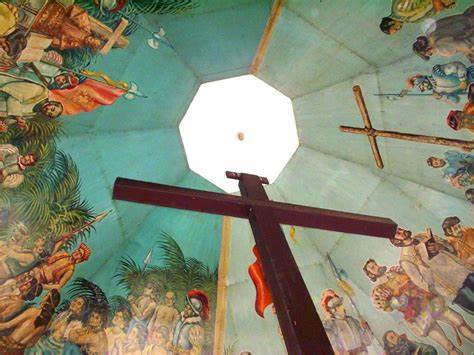Cultural heritage is the lifeblood of civilizations, embodying the traditions, values, and identities that define communities across the globe. From ancient monuments and historic sites to traditional music, dance, and craftsmanship, cultural heritage provides a tangible and intangible link to our past. In an era of rapid globalization and modernization, preserving and passing down this rich legacy is more crucial than ever. This article explores the importance of cultural heritage, the challenges it faces, and the strategies employed to ensure its protection and transmission to future generations.
The Importance of Cultural Heritage
Cultural heritage serves multiple vital functions within society:
- Identity and Continuity: Cultural heritage offers a sense of identity and continuity, connecting people to their history and ancestors. It provides communities with a narrative of their origins and a framework for their cultural and social values.
- Educational Value: Heritage sites and traditions serve as educational resources, offering insights into historical events, artistic achievements, and societal developments. They help individuals understand the evolution of human societies and the diversity of cultural expressions.
- Cultural Diversity: Preserving cultural heritage supports cultural diversity, fostering respect and understanding among different communities. It celebrates the variety of human expression and creativity, contributing to a richer and more inclusive global culture.
- Economic Benefits: Cultural heritage can also be an economic asset, attracting tourism and providing livelihoods for artisans, performers, and local businesses. Heritage tourism generates revenue that can be reinvested in preservation efforts and community development.

Challenges to Cultural Heritage
Despite its importance, cultural heritage faces numerous threats:
- Urbanization and Development: Rapid urbanization and infrastructure development can lead to the destruction of historic sites and traditional neighborhoods. Modern construction often takes precedence over preservation, erasing tangible links to the past.
- Globalization: The homogenizing effects of globalization can erode local traditions and customs. As global culture spreads, unique cultural practices and languages may be abandoned in favor of more widely recognized and commercially viable alternatives.
- Conflict and Natural Disasters: War, terrorism, and natural disasters pose significant risks to cultural heritage. Destruction of heritage sites and artifacts, whether through intentional acts or natural forces, results in irreplaceable losses to human history.
- Neglect and Decay: Many cultural heritage sites suffer from neglect, insufficient funding, and inadequate maintenance. Over time, this neglect can lead to the deterioration and eventual loss of these precious resources.
Strategies for Preservation and Transmission
To address these challenges, a range of strategies has been developed to protect and pass down cultural heritage:
- Legal Protection: Governments and international organizations, such as UNESCO, have established legal frameworks to protect cultural heritage. These include conventions, laws, and regulations that safeguard heritage sites, artifacts, and traditions from destruction and exploitation.
- Community Involvement: Engaging local communities in preservation efforts is essential. Communities are often the best stewards of their own heritage, possessing the knowledge and motivation needed to maintain and transmit their cultural practices. Community-led initiatives and participatory approaches ensure that preservation efforts are sustainable and culturally sensitive.
- Education and Awareness: Promoting education and awareness about the value of cultural heritage is crucial. Educational programs, public campaigns, and heritage events can foster a sense of pride and responsibility in preserving cultural heritage among younger generations and the broader public.
- Technological Solutions: Advances in technology offer new tools for heritage preservation. Digital documentation, virtual reality, and 3D modeling can capture and preserve detailed records of heritage sites and artifacts, making them accessible to global audiences and aiding in restoration efforts.
- International Collaboration: Global cooperation is vital for protecting cultural heritage. Cross-border collaborations and partnerships between governments, NGOs, and cultural organizations can pool resources, expertise, and knowledge to address preservation challenges effectively.
Conclusion
Cultural heritage is a precious resource that enriches our lives and connects us to our shared human past. By understanding its importance, recognizing the challenges it faces, and implementing effective preservation strategies, we can ensure that this legacy is safeguarded for future generations. In doing so, we celebrate the diversity and creativity of human cultures, fostering a more inclusive and culturally enriched world.
